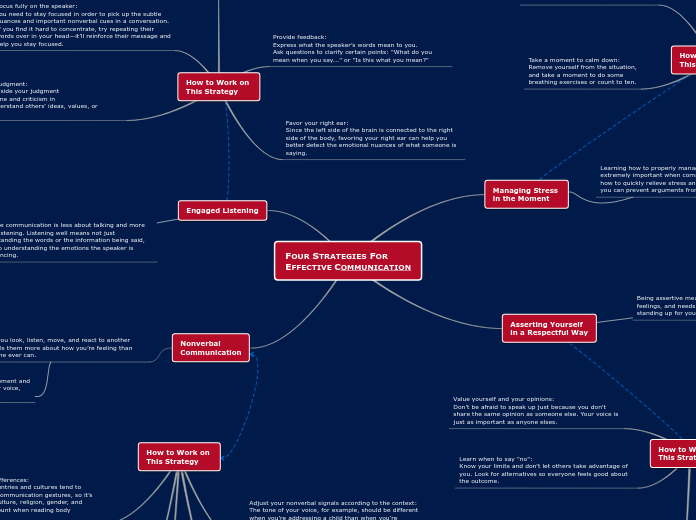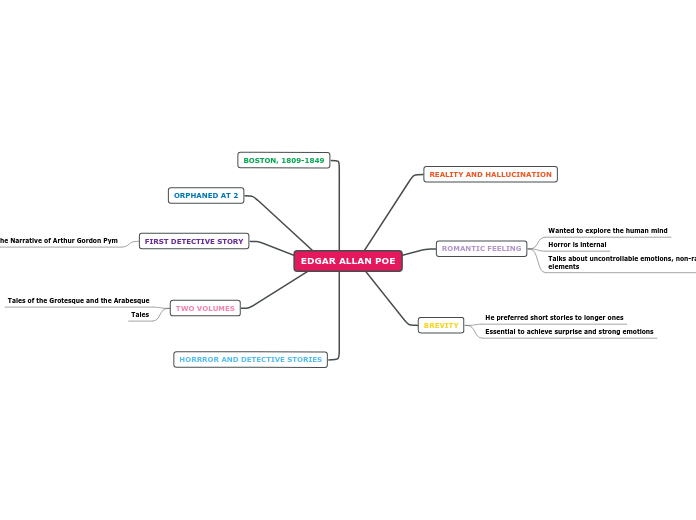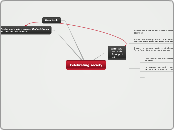by Kiera Frowen 5 years ago
247
FOUR STRATEGIES FOR EFFECTIVE COMMUNICATION
Effective communication prioritizes listening over talking, emphasizing the importance of understanding both the words and emotions of the speaker. Nonverbal signals, such as tone of voice and body language, should be adapted to fit the context and the emotional state of the person being addressed.









